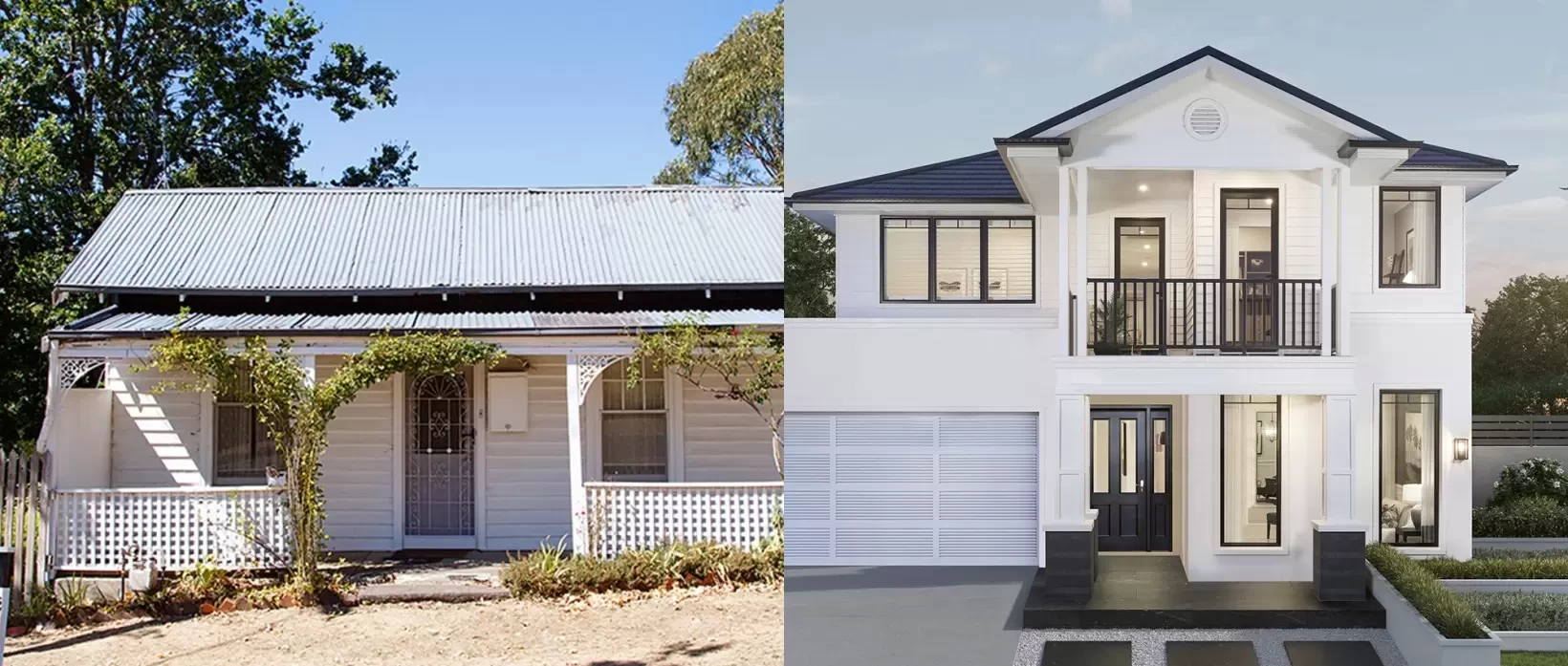Choosing between an open concept and conventional design can feel overwhelming when designing a new house. Both designs offer unique advantages and appeal to various lifestyles, making it essential to consider what suits you best. With the increasing popularity of contemporary lifestyles, open concept designs have gained popularity for their spaciousness and capability to create a seamless flow between rooms. On the flip side, traditional layouts provide defined spaces that can enhance privacy and order.
As you embark on your process of building a house, it is important to weigh the pros and cons of these layouts in the framework of your requirements and preferences. Whether you are drawn to the airy feel of an open floor plan or the timeless appeal of traditional rooms, comprehending the implications of each design choice will help you create a home that authentically represents your lifestyle. In this article, we will explore the essential factors to think about when deciding between a modern layout and a traditional layout, alongside helpful suggestions to guide your building process.
Comprehending Designs: Free-Flowing vs. Classic
While choosing on the design of your new home, one must important to evaluate the pros and disadvantages of free-flowing versus classic designs. Open concept homes focus on a seamless layout where the cooking area, lounge, and dining room merge seamlessly. This layout promotes engagement, making it ideal for family reunions and hosting visitors. The absence of barriers can also create an sense of more space, allowing for flexibility in furniture setup and interior design.
In contrast, classic layouts provide defined spaces that ensure privacy and separation between various areas of the house. Rooms such as the kitchen, dining room, and lounge are clearly divided, which can create a sense of coziness and arrangement. For families with particular requirements, such as workspaces or playrooms, this type of layout can prove beneficial, as it allows for specialized areas tailored to various activities.
Ultimately, the choice between open concept and conventional layouts boils down to individual taste and lifestyle. Consider how you and your family conduct yourselves, engage with others, and utilize areas daily. Both of these layouts hold their own benefits, so considering your requirements and how you see your new home will help you choose wisely for your new construction.
Building Timeline: How Long Does It Really Take?
The timeline for constructing a new house can vary significantly based on several factors, including the size of the house, the complexity of the blueprint, and the effectiveness of the building team. Generally, the entire procedure can take anywhere from several months to more than a year. On average, anticipate around six to nine for a typical single-family house. This timeframe includes land preparation, the real building phase, and the final check-ups prior to occupying.

To get a more detailed breakdown, important stages such as obtaining permits and inspections typically take several weeks to a few months, depending on local regulations. As soon as construction starts, the framework, electrical, pipework, and final touches each take a specific amount of time. Moreover, delays can happen due to climatic factors or supply chain problems, which are more and more common in the current building landscape. Maintaining an honest communication of communication with your builder about progress and issues is crucial in managing expectations.
Understanding this schedule can assist you properly plan your transition into your new house and prevent any surprises. It also emphasizes the significance of thorough planning and preparation prior to starting construction. By being aware of potential delays and having a definitive schedule, you can better navigate the complexities of new house construction and ensure a smoother construction process.
Securing Your Future Home: Essential Tips
When embarking on the journey of constructing a fresh home, comprehending your financing options is imperative. Commence by exploring different types of financing options specifically designed for recent construction, such as construction-to-permanent loans or standard mortgage options. Every type has its own set of conditions and effects for your budget, so it’s crucial to familiarize yourself with the conditions, financing rates, and payment plans. Meeting with a financial consultant can help clarify which funding solution is most appropriate for your budgetary needs.
In addition, budgeting plays a crucial role in the funding of your future home. https://lovely-mint-nrllm6.mystrikingly.com/blog/residential-smart-home-trends-in-recent-building to include both upfront costs and continuing expenses. Creating a thorough budget will help you locate areas where you can cut costs and where you might need to spend more. Don’t forget the unexpected costs associated with brand new builds, including regulatory approvals, inspections, and yard work. Implementing a solid financial plan in place can avoid unexpected costs later on and ensure that your dream home doesn’t come with an burdensome financial strain.
Finally, obtaining pre-authorization from financial institutions can give you a competitive edge when it comes to bidding or discussing terms with builders. Getting pre-approved provides you with a better understanding of how much you can afford and shows builders that you are a committed buyer. Spend some time shop around and contrast offers, as rates and terms can vary significantly among banking institutions. With a aggressive approach to financing, you’ll be more ready to navigate the construction process and enjoy the stimulating journey of creating your future home.
